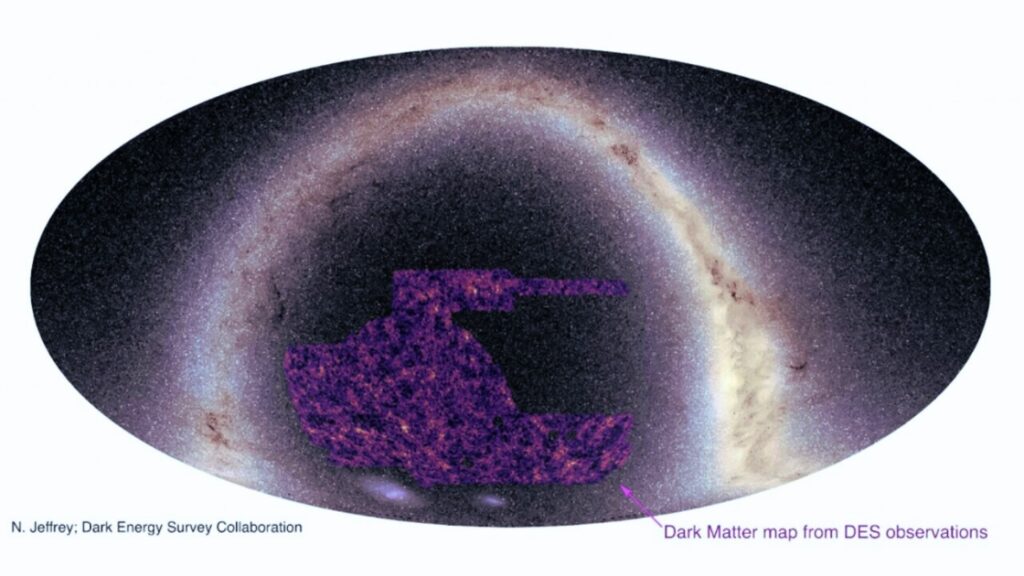Dark matter, the mysterious substance believed to make up a whopping 85% of the matter in the universe, remains elusive.
Scientists have yet to directly detect dark matter particles, but the hunt continues with innovative approaches like the newly proposed GALILEO experiment.
Unveiling the Invisible: The Challenge of Dark Matter Detection
- The Dark Matter Dilemma: Dark matter’s very nature makes it difficult to detect. It interacts very weakly, if at all, with standard model particles, rendering it invisible to our current telescopes and detectors.
- A Search for New Methods: This lack of interaction necessitates alternative methods for unveiling dark matter’s secrets. Scientists are constantly theorizing and developing new experimental approaches to detect these elusive particles.
- Light Dark Matter in Focus: Recent research has focused on light-dark matter candidates, such as axions and axion-like particles (ALPs). These particles are predicted to have very low mass and weak interactions, making them particularly challenging to detect.
GALILEO: A Novel Approach to Light Dark Matter Detection
Researchers from the University of Maryland and Johns Hopkins University have proposed a groundbreaking experiment named GALILEO (Galactic Axion Laser Interferometer Leveraging Electro-Optics). This experiment offers a fresh perspective on light dark matter detection.
- Targeting Electric Fields: GALILEO deviates from traditional methods that focus on magnetic field detection. Instead, it aims to detect the electric fields theorized to be produced by oscillating light-dark matter particles.
- Laser Interferometry at the Core: GALILEO leverages the power of laser interferometry, a technique renowned for its exceptional precision. This technique involves splitting a laser beam and measuring the phase shift that occurs when the beams recombine.
- Electro-Optical Materials for Signal Amplification: GALILEO incorporates electro-optical materials within the interferometer. These materials exhibit a change in refractive index when exposed to an external electric field. By measuring this change, GALILEO can potentially detect the tiny electric field oscillations induced by light dark matter.
- Tabletop Experiment with Big Potential: While the proposed setup is designed as a tabletop experiment, GALILEO has the potential to be a significant player in the ongoing quest to identify light dark matter candidates.

GALILEO: Looking Forward
The GALILEO experiment is still in its theoretical phase. However, the researchers have a clear roadmap for moving forward:
- Optimizing the Setup: The next step involves determining the ideal technical parameters for the experimental setup to maximize its sensitivity.
- Building the Experiment: With optimized parameters in place, the researchers plan to translate theory into practice by constructing the GALILEO experiment.
- Fine-Tuning and Calibration: Operating high-precision Fabry-Perot cavities alongside electro-optical materials and meticulously characterizing noise levels are crucial aspects that will require careful attention during the experimental setup phase.
The successful implementation of GALILEO could revolutionize our understanding of dark matter. By detecting the faint electric field signatures of light dark matter particles, GALILEO has the potential to shed light on this invisible and enigmatic component of our universe.



















